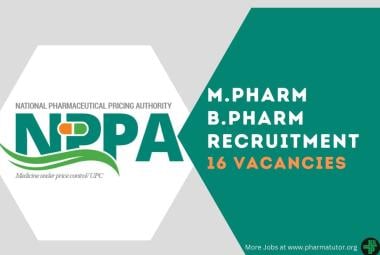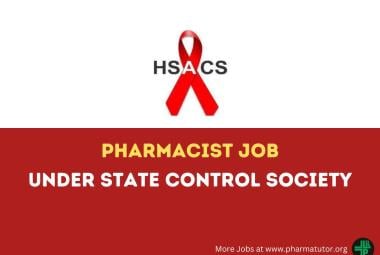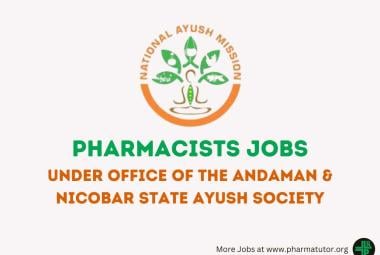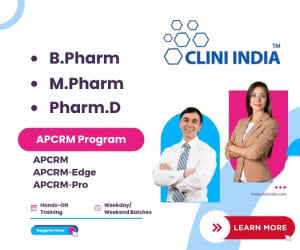 About Authors:
About Authors:
Satyanand Tyagi*
*President, Tyagi Pharmacy Association & Scientific Writer,
Chattarpur, New Delhi, India-110074.
Prof. Satyanand Tyagi is a life time member of various pharmacy professional bodies like IPA, APTI and IPGA. He has published various research papers and review articles. His academic works include 49 Publications (41 Review Articles and 08 Research Articles of Pharmaceutical, Medicinal and Clinical Importance, published in standard and reputed National and International Pharmacy journals; Out of 49 publications, 11 are International Publications).
*sntyagi9@yahoo.com, +91-9871111375 / 9582025220
ABSTRACT:
Erlotinib is a drug used to treat non-small cell lung cancer, pancreatic cancer and several other types of cancer. It is a reversible tyrosine kinase inhibitor, which acts on the epidermal growth factor receptor (EGFR). It is marketed in the United States by Genentech and OSI Pharmaceuticals and elsewhere by Roche. In lung cancer, it extends life by an average of 3.3 months at a cost of CDN $ 95,000. The hydrochloride salt of a quinazoline derivative of the drug shows antineoplastic properties. Competing with adenosine triphosphate, erlotinib reversibly binds to the intracellular catalytic domain of epidermal growth factor receptor (EGFR) tyrosine kinase, thereby reversibly inhibiting EGFR phosphorylation and blocking the signal transduction events and tumorigenic effects associated with EGFR activation. Erlotinib hydrochloride is approved to be used alone or with other drugs to treat:
* Non-small cell lung cancer that is locally advanced or has metastasized (spread to other parts of the body). It is used in patients who have already been treated with other chemotherapy.
* Pancreatic cancer. It is used with gemcitabine hydrochloride in patients whose disease cannot be removed by surgery or has metastasized.
Erlotinib hydrochloride is also being studied in the treatment of other types of cancer. The aim of present article is to provide in depth knowledge about the drug Erlotinib as well as its role in treatment of non-small cell lung cancer as well as pancreatic cancer.The review has also focused about chemistry, pharmacology as well as clinical trial studies of the Erlotinib.
 About Authors:
About Authors: 


 About Authors:
About Authors: 
 About Author:
About Author: About Authors:
About Authors:  About Authors:
About Authors:  About Authors:
About Authors: About Authors:
About Authors:







.png)

